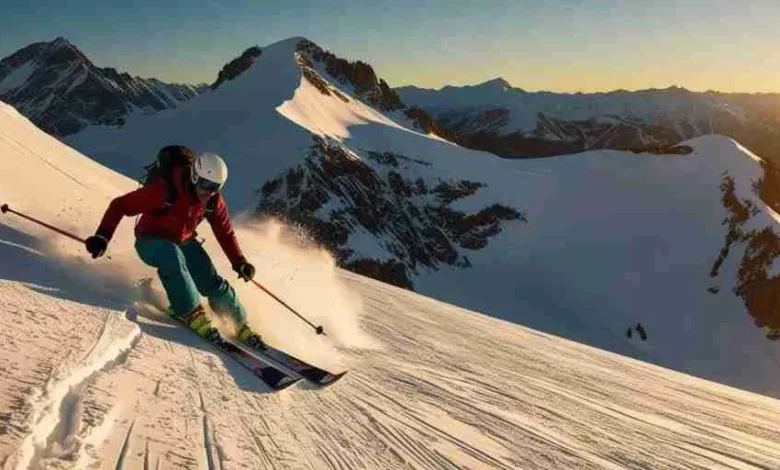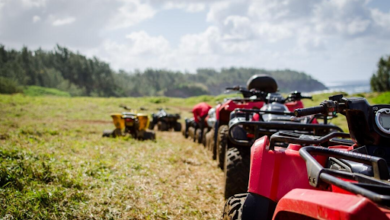Snow Safety 101: Avalanche Awareness for Skiers

Snow safety should always be a top priority for skiers, no matter if you are a beginner, occasional skier, or seasoned pro. Snow safety consists of many areas, but one that must never be overlooked is avalanche awareness. Most skiers never encounter an avalanche, but it is vital that you know what to do in this situation so that you can act safely. Read on for all you need to know.
Understanding Avalanches: What They Are & Why They Happen
First, you need to understand exactly what avalanches are and why they happen. An avalanche is a rapid flow of snow down a slope. There are two main types: slab avalanches, where a cohesive slab of snow breaks away from the layers beneath, and loose snow avalanches, which start at a point and fan outward. There are many causes of avalanches, including increased precipitation, snowpack weakening, humans, animals, and earthquakes.
Checking Avalanche Risk Before Skiing
It is always a good idea to consult current avalanche bulletins and forecasts specific to the skiing area before setting out, especially in areas prone to avalanches. Many ski regions provide daily reports that will update you on the skiing conditions and avalanche danger levels, which range from low to very high. Skiers planning ski weekends must always check conditions ahead of time to ensure safety.
Essential Avalanche Safety Gear & How to Use It
If you plan a ski holiday to an area that is prone to avalanches, you need to make sure that you have essential safety gear and know how to use it. Key items include:
Avalanche transceiver (beacon): A device that sends and receives location signals to help rescuers.
Probe: Collapsible pole for pinpointing someone’s position under the snow.
Shovel: For digging during a rescue.
Airbag backpack: Inflates to help you stay near the snow’s surface.
You need to know how to use these items in a crisis, so it is a good idea to practice before your trip.
What to Do if You Encounter or Are Caught in an Avalanche
If you are in avalanche terrain, you should spread out and cross one at a time. There are a few warning signs to look out for, including recent slides and unusual noises. If caught in an avalanche, you should get rid of any heavy gear, use a swimming motion to stay near the surface, and create an air pocket in front of your face. Companion rescue skills are key, as it is important to act within the critical 15-minute window to improve chances of survival.
Every skier needs to understand the serious risk of avalanches. While many never encounter an avalanche, it is vital that you are prepared so that you know what steps to take in this situation, as they can be deadly.


